The Mercedes-Benz Vision Tokyo is an advanced concept car that provides a glimpse at the design ideas, zero-emission driveline and holographic multi-media technology the firm envisages employing on a future line-up of self-driving models.
The rakish MPV has been created by Mercedes-Benz’s global network of advanced design studios as a follow up to the F015 Luxury in Motion, with which the Vision Tokyo shares many of its key elements.
In the words of the German car maker, the new five-seater 'shows how the car of the future can be turned into a hip living space in the midst of megacity traffic mayhem'. Among those being targeted by Mercedes-Benz with the new concept is Generation Z – those born after 1995.

Clothed in a smooth monobox body sporting a large trapezoidal grille within its bold front end, the Vision Tokyo is 4803mm long, a generous 2100mm wide and 1600mm high. That makes it 117mm shorter, 180mm wider and 75mm lower than the short wheelbase R-Class – Mercedes-Benz’s last attempt at combining traditional luxury with the practicality of an MPV.
In a move that suggest the new concept could provide solid clues to the way it will advance the design of its future passenger car line-up, Mercedes-Benz says the new MPV 'marks a new conceptual approach' for the company.
Eschewing traditional doors, the Mercedes-Benz concept features a large, single kerbside door. It opens upwards and comes to rest parallel to the roof. At the rear, the tail lights are integrated within the outer edges of an oval rear window, providing it with a clean and unadorned look.
Various sections of the Vision Tokyo’s exterior - including the large grille and individual spokes of its large 26in wheels - are illuminated in blue, a colour Mercedes-Benz suggests provides clues to its emissions-free, hydrogen-fuelled driveline. Various sensors and stereo camera technology required to provide the Vision Tokyo with the ability to drive itself are primarily housed within a fin mounted on the roof.
Mercedes-Benz has also provided the Vision Tokyo with 'deep machine learning' and intelligent predictive engine processes. “With each journey, it becomes more familiar with its occupants, their likes and preferences,” the firm says.

Continuing the theme explored on the F015 Luxury in Motion concept, Mercedes-Benz’s advanced design team has provided the Vision Tokyo with a futuristically styled interior designed to take full advantage of hands-off autonomous driving technology by providing a face-to-face cabin environment for its occupants.
Entry is via the single door, while conventional seats are eschewed in favour of a semi-circular couch that accommodates up to five adults. They are able to ‘chill and chat without having to worry about steering a way through the traffic’.
The cabin sides are lined in leather and adorned with LED touchscreens. Together with an overhead projector module, they provide an advanced multi-media experience with various displays projected as a 3D hologram within the interior space.
A seat facing in the direction of travel can be released from the front of the couch should the Vision Tokyo require manual control, allowing the driver to operate the steering wheel, which can also be moved automatically from a 'standby position' into a proper driving position.

Power comes from an updated version of the hydrogen fuel-cell electric hybrid system initially showcased by the F015 Luxury in Motion. Details of the layout and output of the driveline remain under wraps, although it is claimed to provide the Vision Tokyo with a range of up to 609 miles – some 118 miles courtesy of electricity stored in a battery via either plug-in or inductive means and a further 491 miles on the electricity produced on the run by the fuel cell stack.
The hydrogen used to power the hybrid system is stored in pressurised tanks within the floor of the concept.
The Vision Tokyo is the latest in a series of design-based concept cars revealed by Mercedes-Benz in recent years – all boasting a similar design lineage - including the Vision Ener-G-Force, AMG Vision Gran Turismo, G-Code and F015 Luxury in Motion.
Get the latest car news, reviews and galleries from Autocar direct to your inbox every week. Enter your email address below:


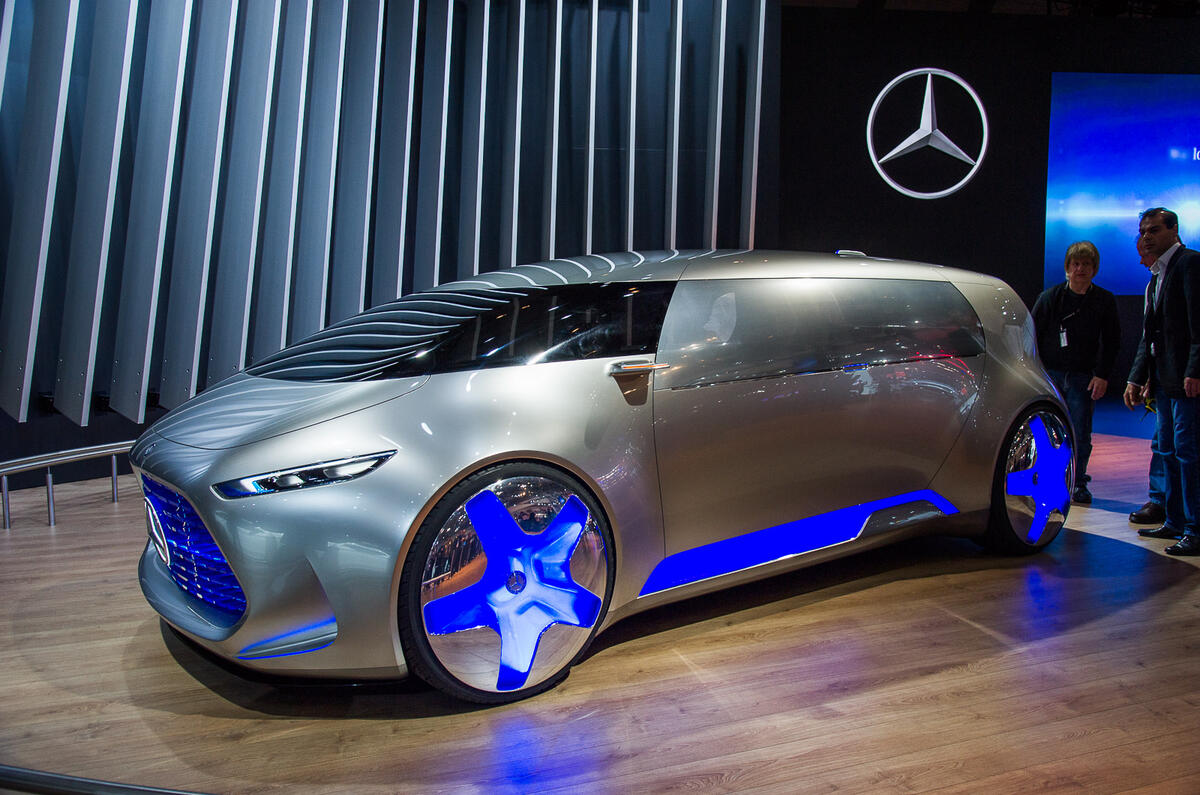



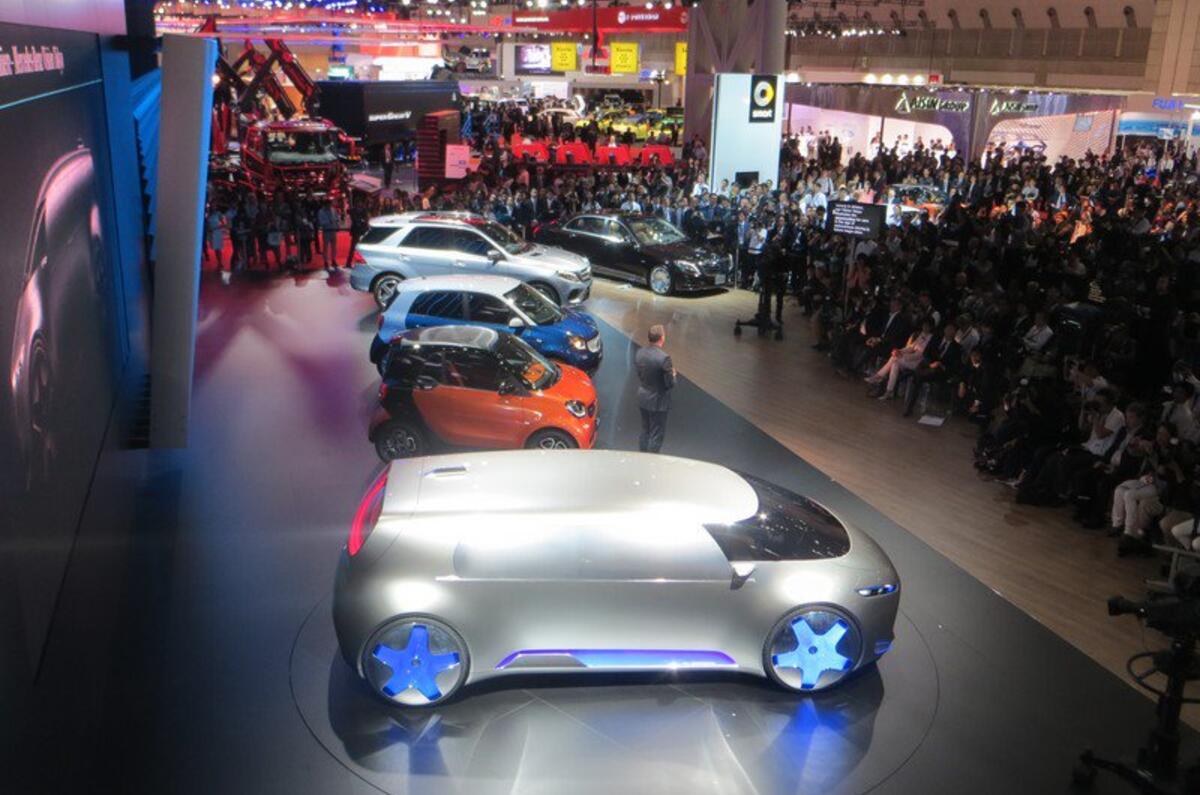









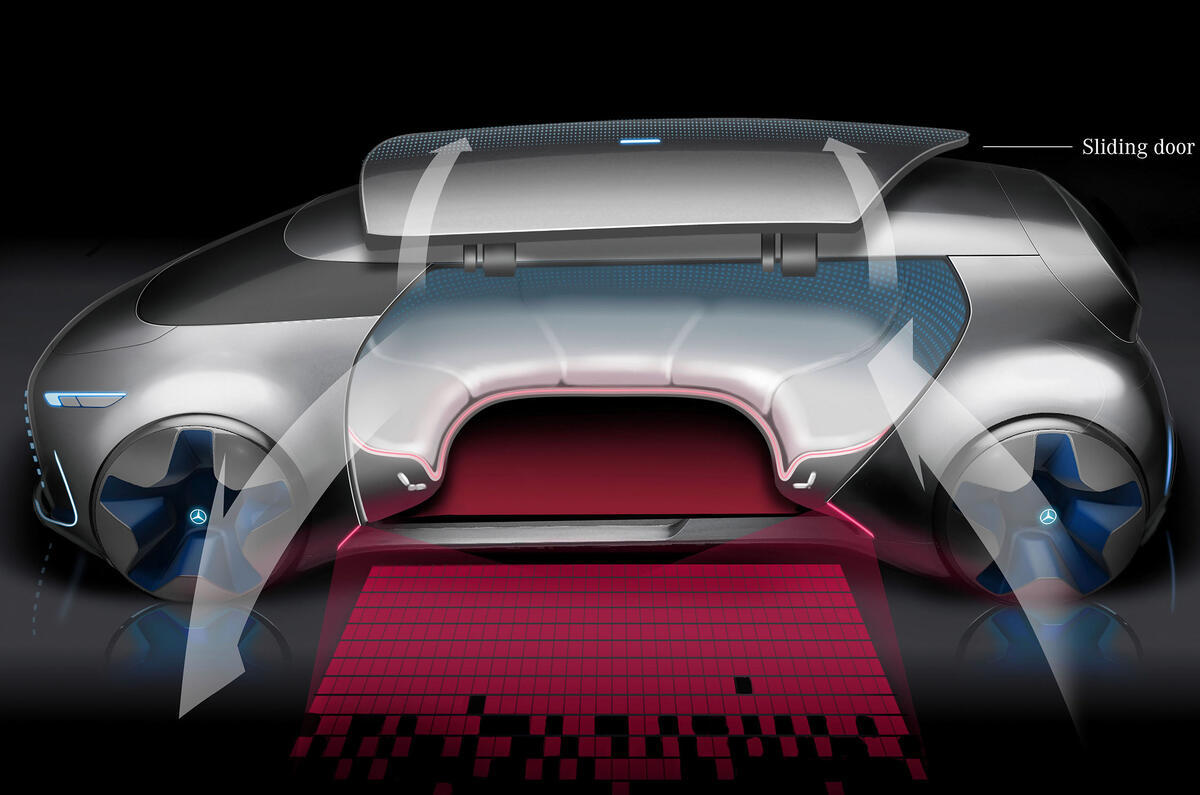





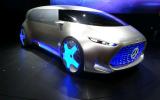







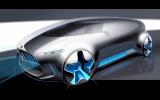










Join the debate
Add your comment
There is no profit in using
Van?